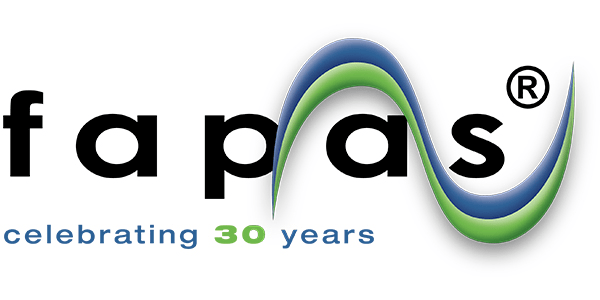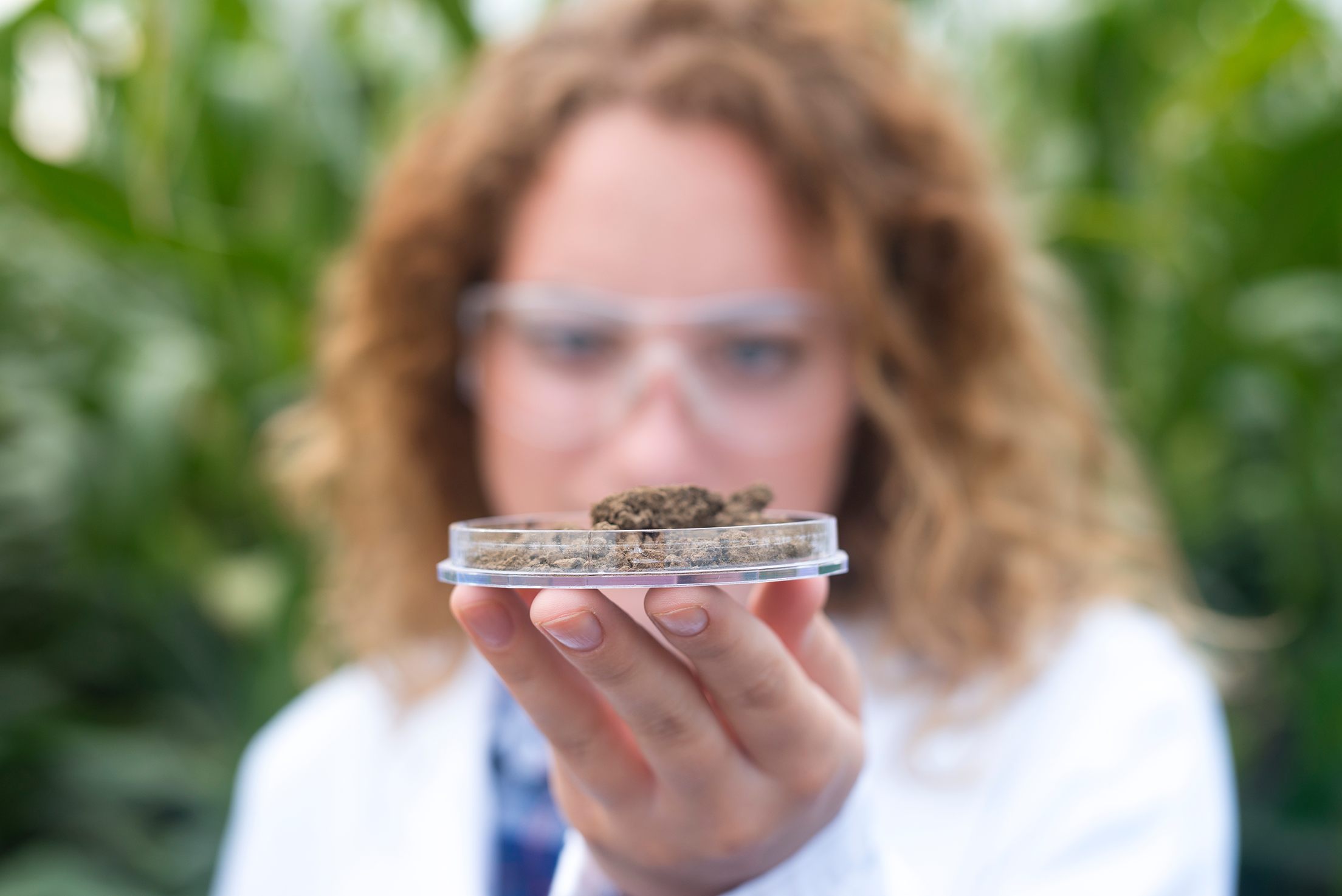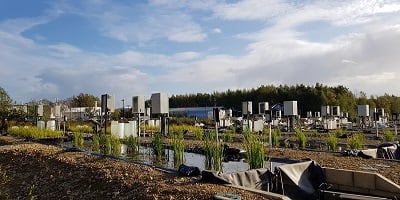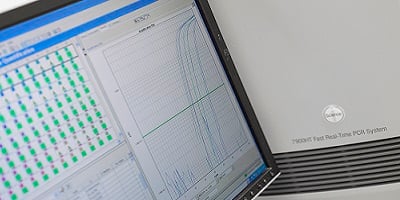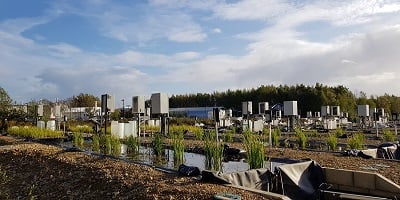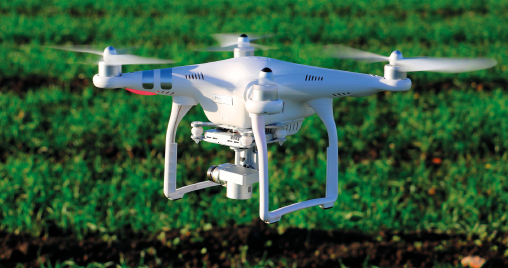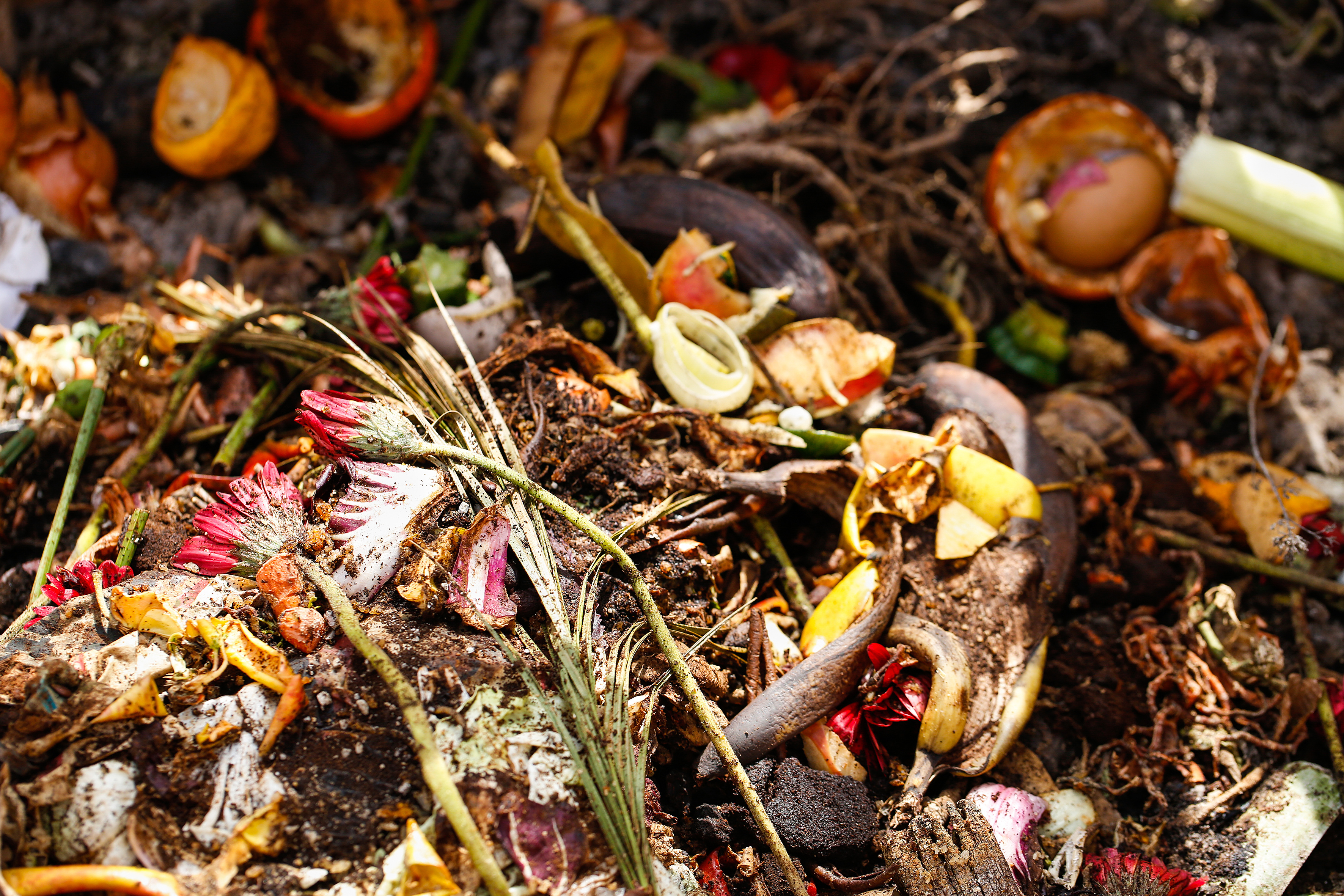Each year around 30% [1] of food produced across the globe is eliminated from the food supply chain between farm and fork due to losses and waste. In the UK alone, it is estimated that we throw away around 9.5 million tonnes [2] of food annually across all related industries and households. This is taking its toll on the environment, with food waste contributing to a significant percent of global greenhouse gas emissions (8-10% [3]) and depletion of our natural resources.
Combating food waste is already at the top of the agendas for governments around the world. The United Nation’s (UN) Sustainable Development Goal 12 aims to ensure sustainable consumption and production patterns. Target 12.3 aims to halve per capita global food waste at the retail and consumer levels and reduce food losses along production and supply chains by 2030. Other targets focus on helping authorities and businesses to adopt sustainable practices to reduce their generation of waste.
Collective action from around the world and new innovative solutions are needed to tackle food waste. Reducing our food waste could help to reduce global greenhouse gas emissions, establish food security, and encourage healthy food systems.
Tackling food waste is now at the core of corporate sustainability agendas worldwide. In the UK, food manufacturing businesses are responsible for 13% of the total food waste, hospitality and food service 10%, and retail 2% [4]. However, many businesses in the food and drink sector are starting to see tackling food waste as an opportunity to contribute to sustainability goals and meet consumer expectations. This could also help them financially as the high value of wasted food (it is estimated that food waste costs the UK economy almost £22 billion each year [5]) is potentially recoverable.
How to Define ‘Food Waste’
The actual definition of ‘food waste’ differs between countries and organisations. To help with this, the Food and Agriculture Organization of the United Nations (FAO) has published the following definitions [6]:
- Food Loss – refers to any food that is discarded, incinerated or disposed of by suppliers in the food chain excluding by retailers, food service providers and consumers. This could, for example, be crops damaged by pests or lost to drought, loss due to inadequate storage solutions, or a lack of access to markets. This is a major problem in low-income countries because of the challenges facing farmers when growing, packing, and storing food. However, it is also a prevalent issue in more developed nations due to the large amounts of food being produced and moved between producers and suppliers.
- Food Waste – refers to food that was previously fit for human consumption but consciously disposed of at the retail, food service provider
 or consumer levels in a way that causes it to leave the food system. Food waste can be created, for example, when food is left to go off in a fridge in a household, supermarkets discarding produce that is not purchased before its sell-by-date, or food being thrown out by restaurants when left uneaten by customers.
or consumer levels in a way that causes it to leave the food system. Food waste can be created, for example, when food is left to go off in a fridge in a household, supermarkets discarding produce that is not purchased before its sell-by-date, or food being thrown out by restaurants when left uneaten by customers.
In addition, for the purposes of the UK guidance on food surplus and waste measurement and reporting, the Waste & Resources Action Programme (WRAP) has provided a definition of food surplus as food and inedible parts that are  redistributed to people via charitable and commercial routes, diverted to produce animal feed or used for bio-based materials/biochemical processing [7]. These are classed as waste prevention according to the food material hierarchy. Food surplus can be created at multiple points in the supply chain for reasons such as over-production, labelling errors, low demand from customers, or short shelf-life.
redistributed to people via charitable and commercial routes, diverted to produce animal feed or used for bio-based materials/biochemical processing [7]. These are classed as waste prevention according to the food material hierarchy. Food surplus can be created at multiple points in the supply chain for reasons such as over-production, labelling errors, low demand from customers, or short shelf-life.
Pressing Challenges Facing Businesses in Dealing with Waste
Businesses across the food and drink supply chain are facing numerous challenges when dealing with and managing the mounting food waste problem. These include:
- Food production – The current global demand for food is expected to rise by more than 50% by the year 2050 [8]. Increased food production could result in increased losses and waste.
- Economic issues - Food waste represents a significant financial loss for businesses, who spend money and resources producing,
 processing, and transporting food that is then wasted. There are also additional costs associated with the disposal of waste via landfill. However, the government actively encourages businesses to recycle as much as they can. Recycling costs less than sending waste to landfill and is not subject to the landfill tax, which could help to cut overhead costs for businesses.
processing, and transporting food that is then wasted. There are also additional costs associated with the disposal of waste via landfill. However, the government actively encourages businesses to recycle as much as they can. Recycling costs less than sending waste to landfill and is not subject to the landfill tax, which could help to cut overhead costs for businesses. - Food supply chain inadequacies - Food loss often occurs due to problems in the supply chain, such as
 overproduction, storage and handling issues, and the ability to accurately predict requirements between producers, processors, and retailers.
overproduction, storage and handling issues, and the ability to accurately predict requirements between producers, processors, and retailers.
Recently there has been significant noise in the industry surrounding the reporting of food waste. Currently in the UK the food and drink sector is not legally required to report on how much food across their supply chain is going to waste. However, there have been  ongoing calls for the government to make this mandatory for all businesses involved in food production and retail. The call for mandatory food waste reporting represents a recognition that a collaborative effort is needed to tackle food waste. This will be potentially supported by government plans to introduce weekly food collections from all households in England by March 2026 [9].
ongoing calls for the government to make this mandatory for all businesses involved in food production and retail. The call for mandatory food waste reporting represents a recognition that a collaborative effort is needed to tackle food waste. This will be potentially supported by government plans to introduce weekly food collections from all households in England by March 2026 [9].
Despite no legal requirement, many businesses have already started to voluntarily report on their food wastage. With government encouragement, these businesses are looking to act to reduce their food waste outputs, prevent avoidable costs, and improve their supply chain’s sustainability. Since 2005, this voluntary approach has collectively saved 251,000 tonnes of food from going to waste, (equating to a value of around £365 million [10]), by helping businesses understand their waste hotspots and identifying surplus food that can potentially be redistributed. This has helped businesses to meet their sustainability goals and save money and resources that would otherwise be lost.
The Food Waste Hierarchy
The Food and Drink Waste Hierarchy [11] offers guidance to businesses and organisations for the different waste management options available  based on environmental impact. Waste prevention is at the top, followed by redistribution, making animal feed from former food (via methods including insect bioconversion), the conversion into valuable co-products, recycling via anaerobic digestion and composting, recovery of waste by land spreading, energy recovery from waste, and finally the disposal of food into landfill.
based on environmental impact. Waste prevention is at the top, followed by redistribution, making animal feed from former food (via methods including insect bioconversion), the conversion into valuable co-products, recycling via anaerobic digestion and composting, recovery of waste by land spreading, energy recovery from waste, and finally the disposal of food into landfill.
The adoption of this hierarchy on a larger scale could be the first step towards a more sustainable resolution of the food waste issue. The use and implementation of this hierarchy, and how it can help companies to promote sustainable and circular business models is now being actively discussed by multiple sectors. (Find out more here).
What Innovative Solutions are there to Create Value from Food Waste?
Insect Bioconversion (IB) is a method of converting organic residues, including permitted former foodstuffs, into animal feed and other highly beneficial by-products via insects. Insects have a natural ability to recycle nutrients that would otherwise be lost thus contributing to the circular economy. This circular process has the potential to be implemented on a large scale to provide sustainable protein rich feed for a variety of farmed animals and for inclusion in pet food.
beneficial by-products via insects. Insects have a natural ability to recycle nutrients that would otherwise be lost thus contributing to the circular economy. This circular process has the potential to be implemented on a large scale to provide sustainable protein rich feed for a variety of farmed animals and for inclusion in pet food.
Food and associated inedible parts which are converted into animal feed through insect-based processing (for example, using black soldier fly larvae) in a manner consistent with animal feed regulations and legislation [12] is considered as animal feed and therefore should be reported as food surplus. It should be noted that in the UK and the EU the type of food that can be used to rear the insects in the IB process is restricted to vegetal based materials and, with a few exceptions, animal derived products are not currently permitted.
Anaerobic Digestion (AD), the process by which food waste is broken down by microorganisms creating biogas for energy production is a solution used by the food and waste industries in the UK and across the globe to treat food waste. Another widely used solution used by businesses is In Vessel Composting (IVC), which is a method of treating food waste mixtures within an enclosed environment including containers, silos, agitated bays, and tunnels and converting it into compost.
When compared to AD and other methods, IB can recover value from food waste at a higher point on the waste hierarchy supporting businesses to revalorise their food waste for quality ingredients for animal feed, industrial oils, plastic materials, and production of frass, which can be used as a fertiliser.
You can discover more of the benefits and opportunities IB provides in comparison to AD and other potential solutions: Insect Bioconversion vs Anaerobic Digestion Infographic.
Can the Food Waste Problem be Solved?
Food waste is a major issue that businesses and the general population are collectively facing. With effective management and collaboration between governments, producers, retailers, and consumers we can reduce the negative impacts food waste is having on our planet.
The adoption of new and innovative technologies, including insect bioconversion, could be a potential solution to the problem and help us create sustainable and circular solutions.
Having commissioned the only purpose build insect research laboratory unit in the UK, the Fera team is uniquely positioned to offer companies within the sector innovative IB services to help address their food waste output and mitigate the impact on the environment.
Fera has also spearheaded several research projects to showcase our commitment to addressing the food waste problem and other critical challenges. This includes our work for the Food Standards Agency who commissioned Fera to examine the safety of insect products when larvae are reared on currently non-permitted food waste substrates [13].
To find out more and explore how Fera’s Insect Bioconversion services could be part of your business’ goal to reducing food waste visit: insect-bioconversion-reforming-the-food-system.

--------------------------------------------------------------------------------------------------------------------------------------------------------------------------------------
[1] https://climatescience.org/advanced-food-waste
[2] https://www.businesswaste.co.uk/food-waste-the-facts/
[3] https://www.unep.org/resources/report/unep-food-waste-index-report-2021
[4] https://wrap.org.uk/sites/default/files/2024-01/WRAP-Food-Surplus-and-Waste-in-the-UK-Key-Facts%20November-2023.pdf
[5] https://www.edie.net/food-waste-inflicts-1trn-economic-loss-on-global-scale-un-report-warns
[6] https://www.fao.org/platform-food-loss-waste/food-loss/introduction/en
[7] https://wrap.org.uk/sites/default/files/2020-10/Food-surplus-and-waste-measurement-and-reporting-UK-guidelines.pdf
[8] https://research.wri.org/wrr-food
[9] https://www.gov.uk/government/consultations/consistency-in-household-and-business-recycling-in-england/outcome/government-response
[10] https://www.leighday.co.uk/news/news/2023-news/feedback-welcomes-defra-u-turn-on-food-waste-reporting-policy/
[11] https://www.gov.uk/government/publications/food-and-drink-waste-hierarchy-deal-with-surplus-and-waste/food-and-drink-waste-hierarchy-deal-with-surplus-and-waste
[12] Animal feed legislation | Food Standards Agency Animal feed legislation | Food Standards Agency Animal feed legislation | Food Standards Agency
[13] https://blog.fera.co.uk/fera-science-blog/fera-science-new-fsa-research-project-update1
